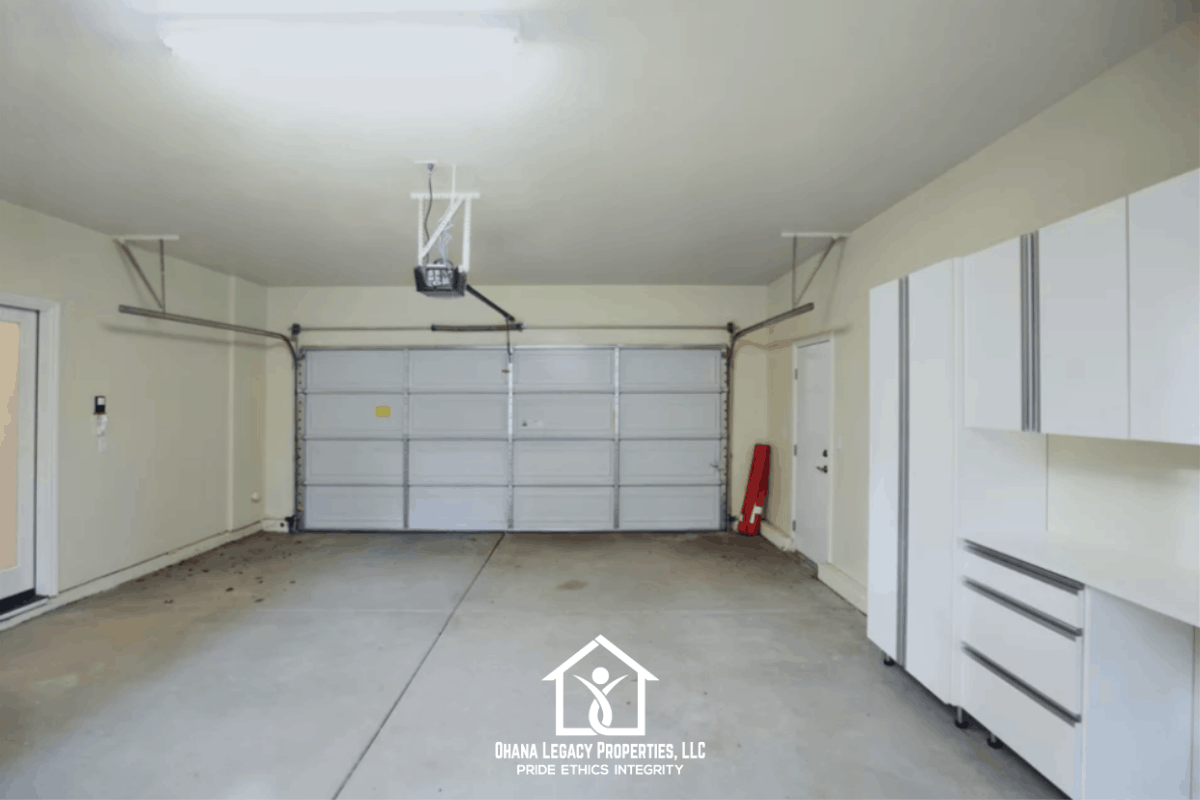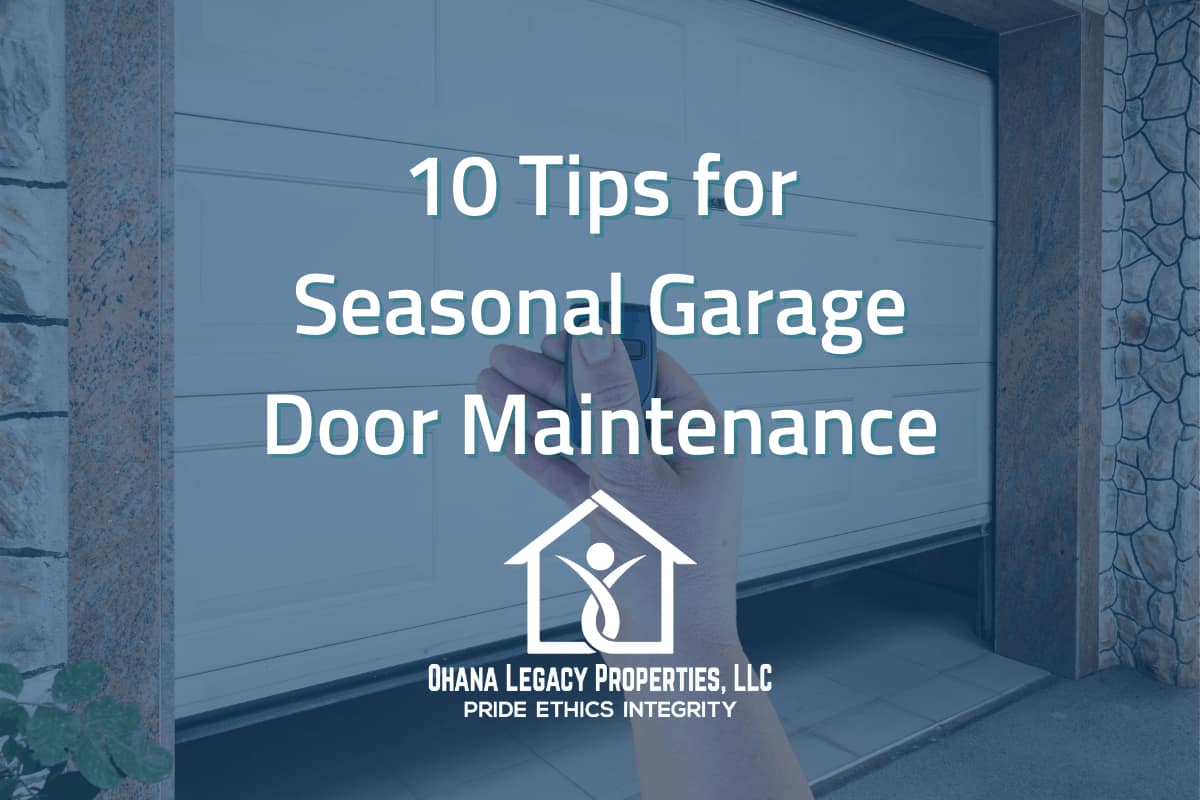Check the Cables and Pulleys
Most experts advise that cables and springs should not be touched by homeowners since these high-tension parts can be dangerous. If you spot any broken strands or other signs of wear or damage on the cables, call in a service person for assistance.
Lubricate the Moving Parts
Also, lubricate the pulleys on extension-spring openers and the bearings on torsion-spring openers. Wipe a little oil on the torsion spring if it is rusty. If the opener has a metal chain or screw, spray white lithium grease on the opener’s chain or screw, but do not use a lubricant on a belt-drive opener.
Test the Door Balance

Test the Auto-Reverse Feature
Test the pressure sensor by placing a scrap 2×4 board flat on the ground in the path of the door. When the door comes down and touches the board, it should reverse direction and go back up again. To test the photoelectric system that has eye sensors on each side, start your door downward in a closing direction, then just pass your leg in the door’s path. The door should reverse direction and head upward.
Consult your garage door opener instruction manual for directions on how to adjust the auto-reverse function. Older garage door openers that lack this basic feature, which is now mandated by building code in many areas, should be replaced.
Repair or Replace the Weatherstripping
If your door has weatherstripping along the sides, also check its condition and reattach any loose spots or replace the entire length of stripping if it is badly worn or damaged.

